Description
Understanding Thermal Expansion and Contraction in PPR Pipe Fittings
Thermal expansion and contraction refer to the tendency of materials to expand or contract in response to changes in temperature. PPR pipe fittings, made from polypropylene random copolymer, exhibit notable resistance to thermal expansion and contraction, making them suitable for a wide range of applications where temperature variations occur. This article aims to explore the resistance of PPR pipe fittings to thermal expansion and contraction, along with the factors that contribute to their thermal stability.
Material Properties and Thermal Resistance
PPR pipe fittings are engineered to withstand thermal fluctuations, owing to the inherent properties of polypropylene random copolymer. This material possesses a relatively low coefficient of linear thermal expansion, meaning it expands or contracts less compared to other materials when subjected to temperature changes. As a result, PPR pipe fittings are well-equipped to maintain their structural integrity and dimensional stability even in environments with significant temperature variations.
Application in Hot and Cold Water Systems
One of the key advantages of PPR pipe fittings is their suitability for both hot and cold water systems, thanks to their resistance to thermal expansion and contraction. In hot water applications, PPR pipe fittings can accommodate elevated temperatures without experiencing drastic dimensional changes, ensuring consistent performance and leak-resistant connections. Similarly, in cold water systems, the fittings remain stable despite temperature decreases, offering reliable and durable functionality.
Installation Considerations for Thermal Variations
During the installation of PPR pipe fittings, it is essential to consider potential thermal variations within the operating environment. Proper allowance for thermal expansion and contraction must be factored into the system design to ensure that the fittings can accommodate temperature-related dimensional changes without causing undue stress on the piping network. By incorporating expansion loops, flexible connections, or other appropriate design elements, the impact of thermal fluctuations on PPR pipe fittings can be effectively managed.
Long-Term Performance and Reliability
The resistance of PPR pipe fittings to thermal expansion and contraction contributes significantly to their long-term performance and reliability. Over time, the fittings maintain their integrity and functionality, minimizing the risk of leaks, cracks, or structural failures associated with temperature-induced material stress. This thermal stability enhances the overall durability of PPR pipe systems, making them a preferred choice for various residential, commercial, and industrial applications.
Conclusion
In conclusion, PPR pipe fittings demonstrate notable resistance to thermal expansion and contraction, underpinned by the favorable material properties of polypropylene random copolymer. Their ability to withstand temperature fluctuations makes them well-suited for diverse plumbing and heating applications, ensuring consistent performance and durability. By accounting for thermal variations during installation and leveraging the inherent thermal stability of PPR pipe fittings, users can effectively harness their reliability in the face of challenging operating conditions, ultimately contributing to the overall efficiency and longevity of the piping systems in which they are utilized.
Related products


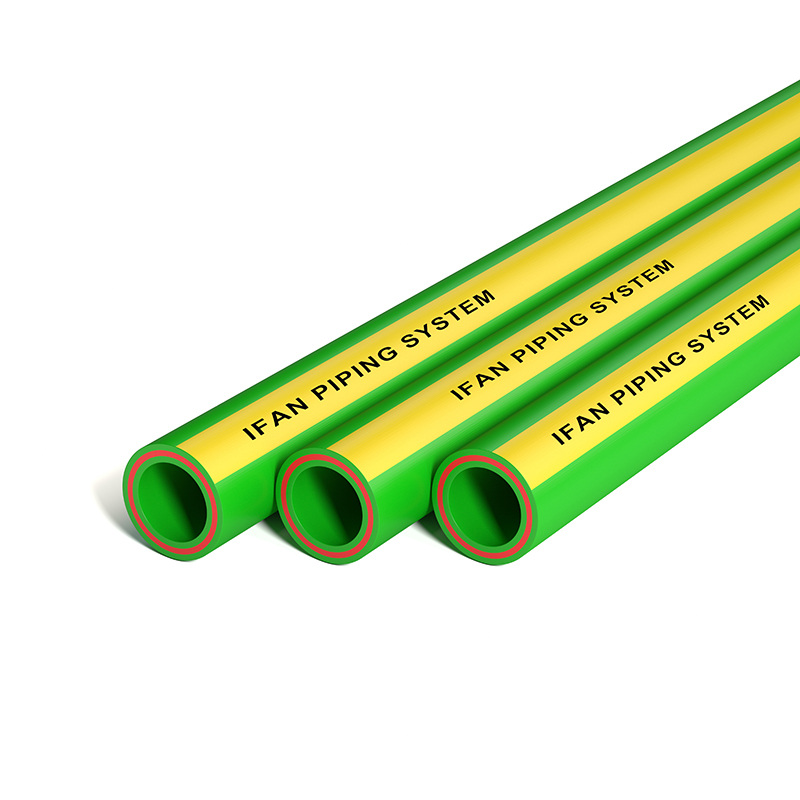
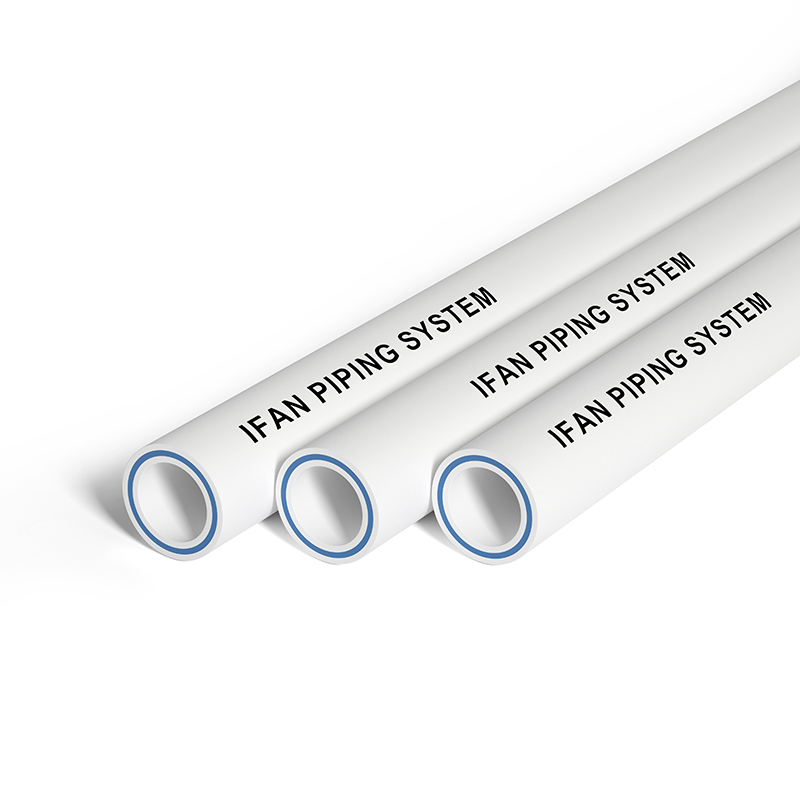
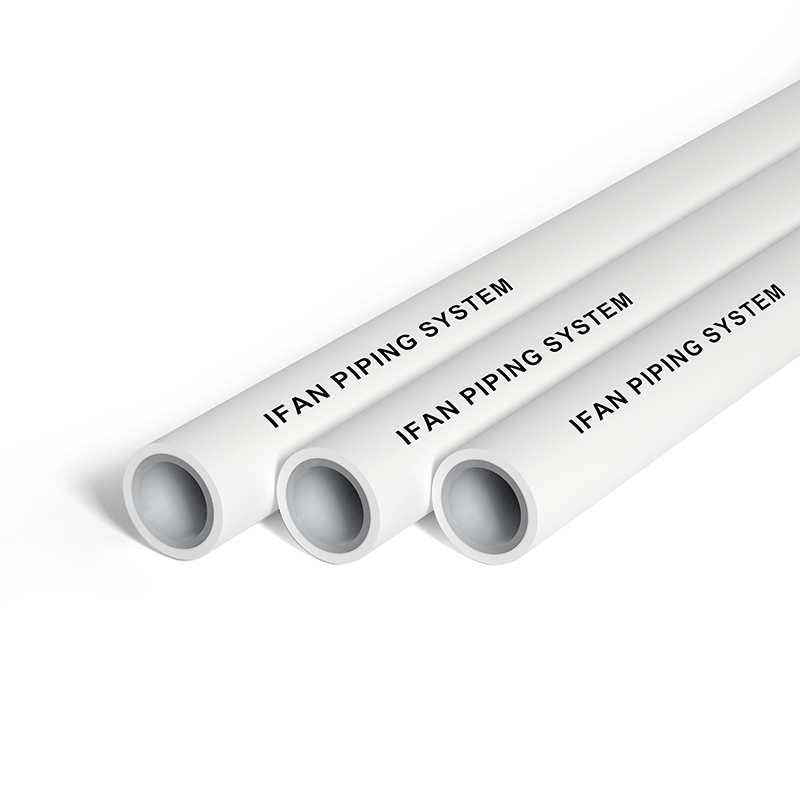
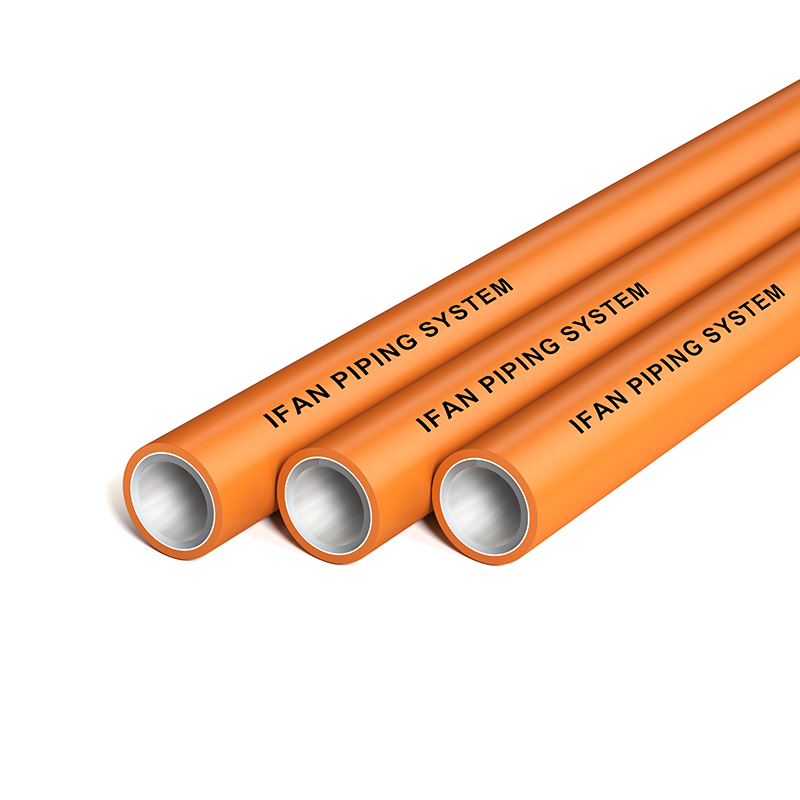
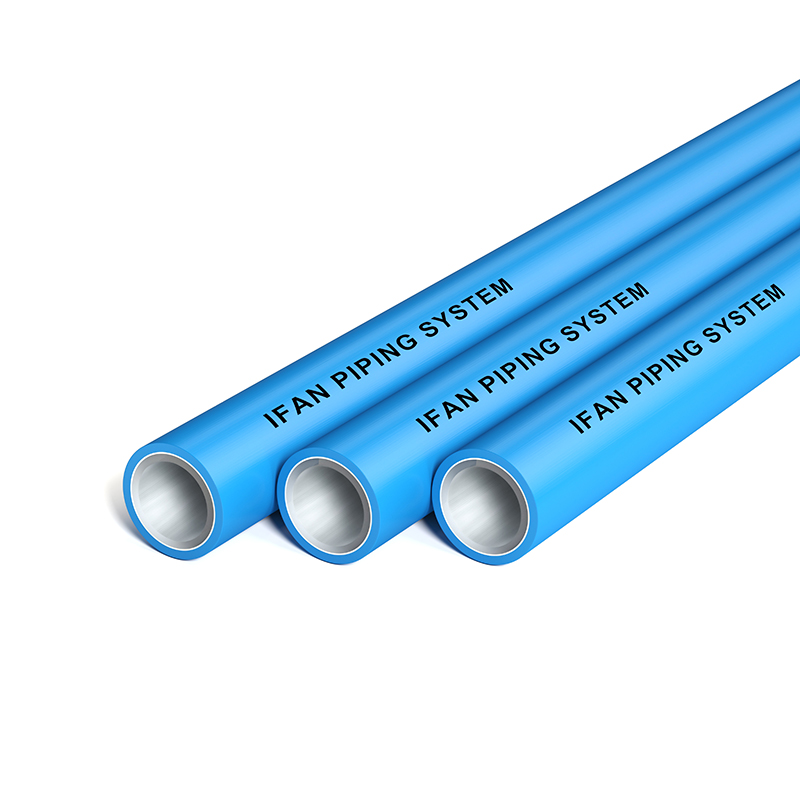
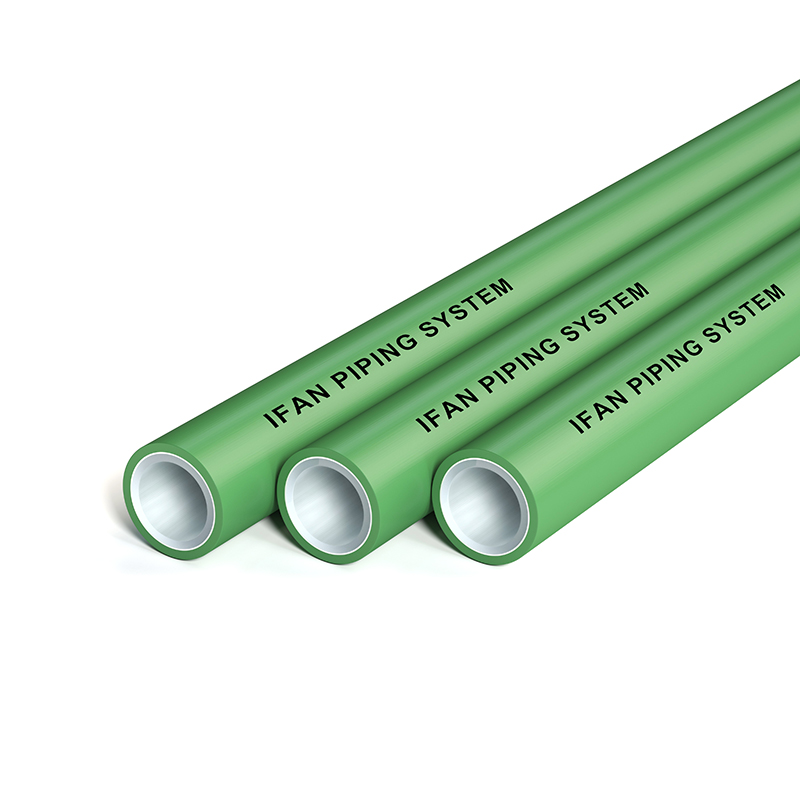
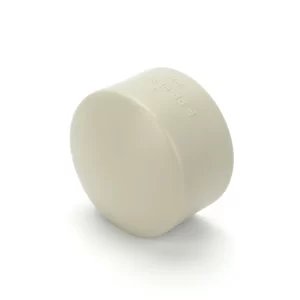
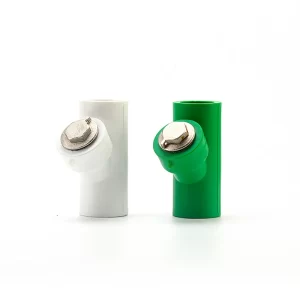
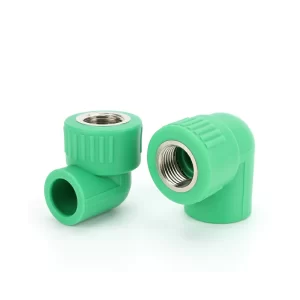
-300x300.webp)


